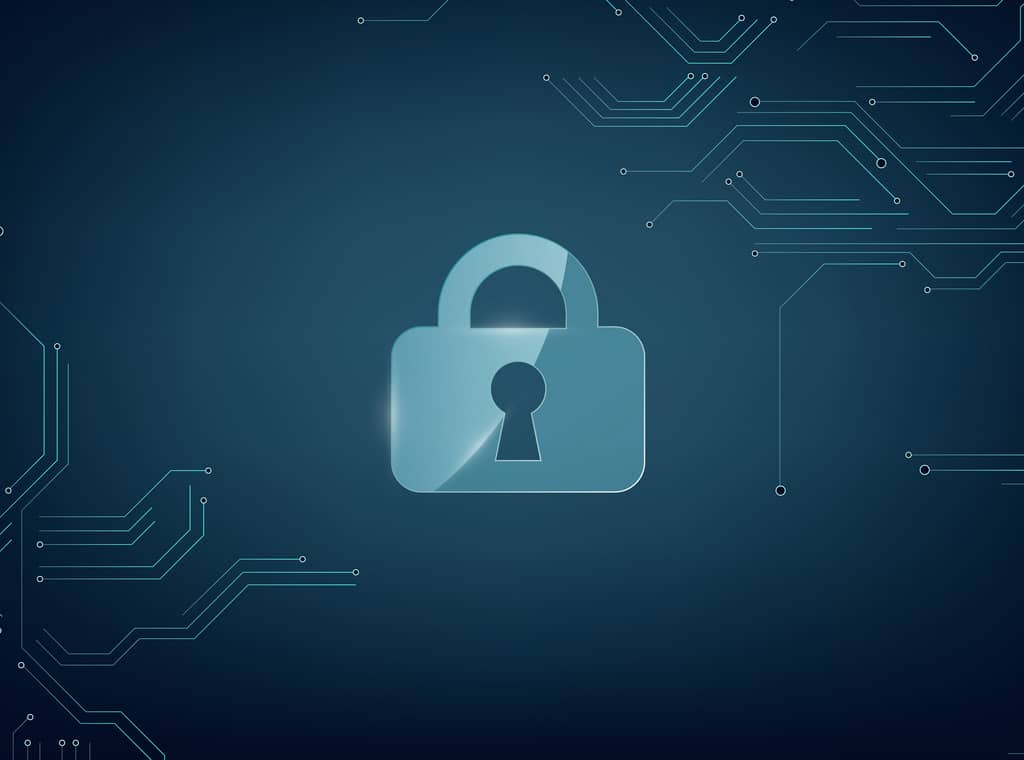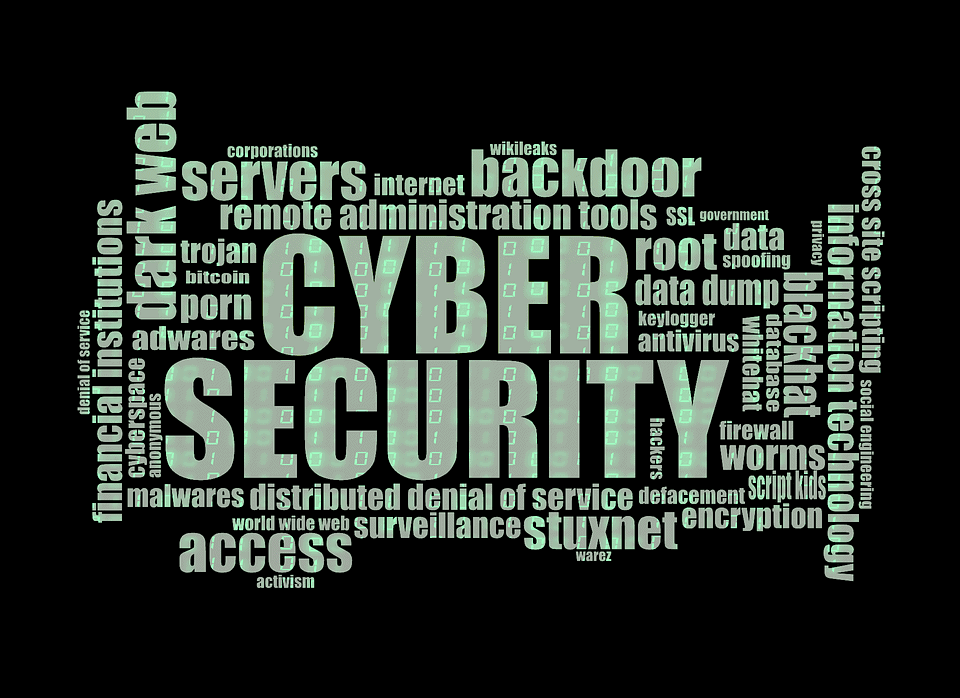Cyber security is an important factor in a company’s risk management strategy. It needs to be performed correctly so that it won’t leave the company vulnerable to potential threats and attacks.
When it comes to security assessment, the needs of companies vary because the needs of a multi-national corporation cannot be compared to a mid-sized business. However, all companies regardless of size will always try to minimize the amount of risk it undertakes. To do this, risk assessment is a procedure they cannot do away with.
Luckily, risk management does not have to be complicated. It can be broken down into these steps:
Come Up With A Risk Management Plan
Even if you’re good in cyber security, you can’t be everywhere at once. You need a team to back you up and help you gain insights to the total risk of your company. Businesses are usually composed of departments and all of them work differently. Therefore it is important to have a team that can work cross-functionally not only to communicate risks but also to come up with holistic analysis. A good team should have:
- Senior management to provide oversight.
- Chief information security expert (or its equivalent) to check network architecture.
- Marketing to discuss stored information.
- Product management to guarantee product safety as it undergoes development cycle.
- Human resources to provide insight to employee information.
- Manager for each significant business line to take care of all data at this level.
You want to make sure that business objectives are aligned with security goals which is why you need a cross-functional team so that you can get the desired results.
Catalog Information Asset

Interdepartmental risk management is important because it allows you to catalog all information assets. Let’s say that some things won’t escape your notice such as information your business collects, stores and transfers but the same can’t be said with different Platform-as-a-Service (PaaS), Infrastructure-as-a-Service (IaaS), and Software-as-a-Service (SaaS) used by other departments.
Departments might not also realize that they can put information at risk by using some SaaS vendors. In fact, 3rd party vendors are usually the source of data breach risks. There are questions you need to ask yourself to help you understand the different information collected, stored and transferred by your company. These include:
- Types of data collected by department.
- Where is it stored?
- What is the transmission process?
- Why are you collecting this information?
- Which vendors does each department use?
- Which info is accessed by vendors?
- What is the authentication process for info access?
- What devices are used by the workplace?
- What are the networks utilized to process these information?
Answers to these questions will give you a clear insight as to what your business is dealing with.
Risk Assessment
Importance of information varies in every organization because some are more critical than others. This is also the reason why not all vendors are secure. After taking a look at your information assets you should now turn your attention to the possible risks posed by vendors.
- Identify networks, system and software crucial to your business.
- Identify information that should have management confidentiality, availability and integrity.
- In case of data loss, which devices are at high risk?
- What are the chances of data breach or corruption?
- Determine the system, network and software that are vulnerable to data breach by cyber criminals.
- What is the potential financial reputation in the case of a data breach?
Risk assessment is not easy and takes time. However, it can be made easier by making a catalog out of your information assets and identifying areas that are easily accessible by cyber criminals. Therefore it is important to go over every information, data, software, network, system and device to understand risks they pose.
Risk Analysis
Risk analysis is the next step to assessment. The way information is secured is not always risk-free. Therefore it is important to consider:
- Probability of cyber criminals accessing data.
- Financial, reputational and operational impact of a data breach.
Determining the probability of impact will help you determine risk tolerance level. This way you can accept, transfer, mitigate or refuse a risk.
Come Up With Security Controls

Coming up with risk tolerance will give you ideas on security controls. They should include:
- Network segregation.
- Password protocol.
- Workforce training.
- At-rest and in-transit encryption.
- Vendor risk management program.
- Anti-malware and anti-ransom software.
- Firewall configuration.
- Multi-factor authentication.
These are just examples of some controls. The most important thing is to always remember to align business goals with security needs.
Monitor and Review Effectiveness
Cyber security is always a hot topic. Somebody will always try ways to come up with methodologies to compromise security controls. This means that businesses need to maintain a risk management program and monitor IT environments regularly for any new threats that could arise. Make sure that your risk analysis is flexible to adjust to new threats. An unbreakable IT security profile is something that can evolve with any risk that comes along the way.


